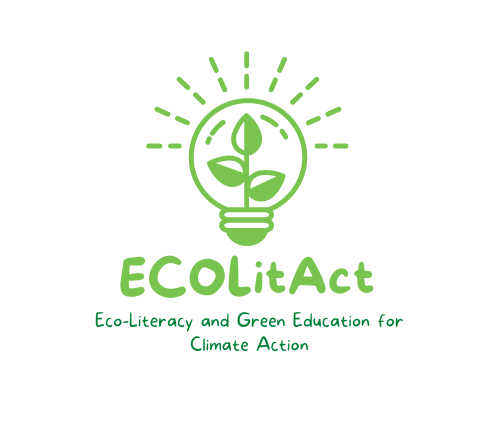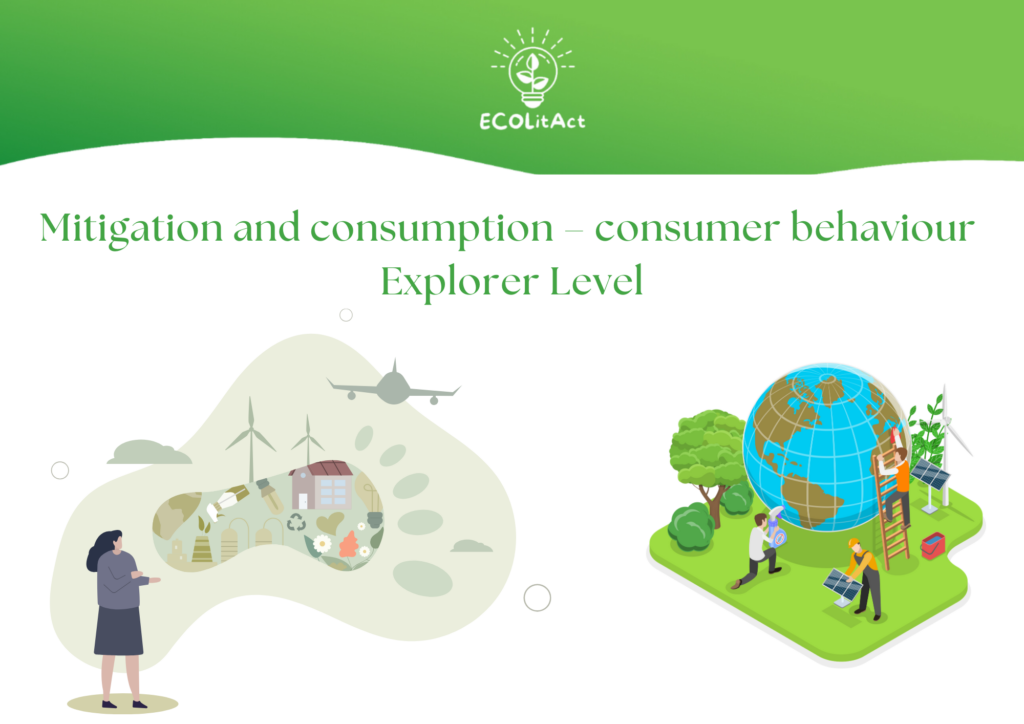
Introduction and Learning Objectives
Learning Objectives
By the end of this lesson, you will be able to:
💡 Understand the concept of carbon footprint and the impact of consumer behavior on it.
🧘♀️ Recognise your personal carbon footprint and how to reduce it.
♻️ Understand your impact on fashion, food, and plastic waste Identify practical ways to make sustainable choices.
💡 Reflect on your lifestyle choices and commit to small, meaningful changes.
Lesson Duration:
This lesson is self-paced and designed to be completed in approximately 2 hours.
📚Vocabulary List
Before diving in, take a moment to familiarize yourself with the core terms in this module.
Understanding our impact: What is a Carbon Footprint?
🌍 Consumer behavior refers to the decisions we make when buying products and services and how those choices impact the environment. A key part of this is our carbon footprint, which measures the total greenhouse gases released by our actions (like the energy we use or how we travel). Our daily activities — eating, shopping, heating, scrolling, and even streaming — all use energy and resources. This is part of our carbon footprint, which refers to the total greenhouse gas emissions caused directly or indirectly by a person, product, or activity. ♻️ Sustainable consumer behavior means making smart choices to reduce harm to the planet. This includes thinking about things like how much energy we use, the waste we create, and whether products are ethically sourced. By learning about how products are made, used, and thrown away, we can adopt habits that lower our carbon footprints and support economies that focus on sustainability.
In this presentation, you will learn about carbon footprint:
🌍 Since you now understand what a carbon footprint is, let’s calculate yours!
This test will help you evaluate the environmental impact of your daily actions. Answer the questions based on your habits, and we’ll calculate your carbon footprint score. Ready to see how your choices affect the planet? Let’s get started! 🌱
Click on the picture to do the test!
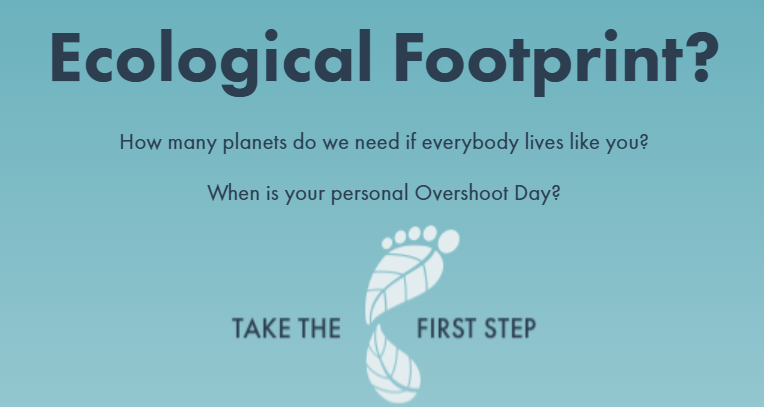
🪞 Reflect on Your Carbon Footprint
Now that you’ve calculated your carbon footprint, take a moment to reflect on what the numbers tell you.
Consider the following questions:
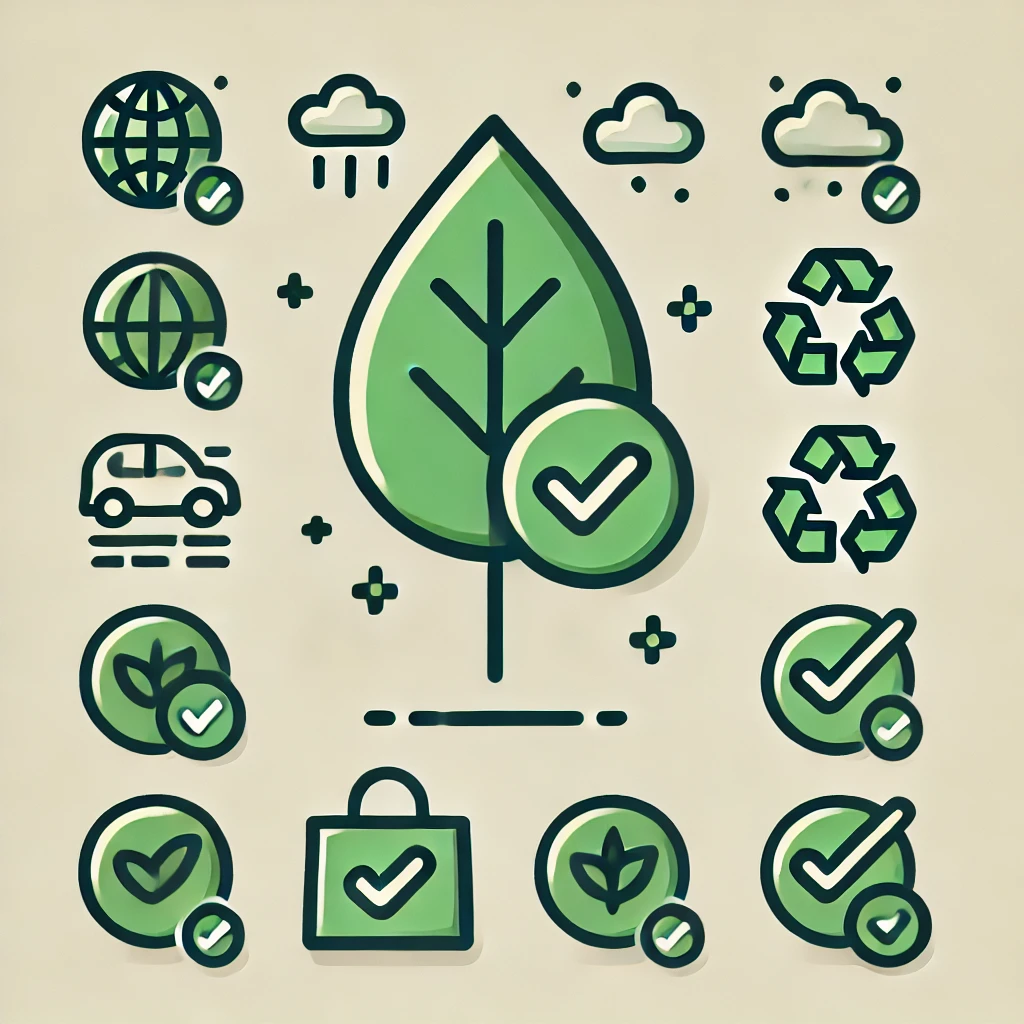
- What part of your lifestyle contributes the most to your carbon footprint?
- Were you surprised by any of the results? Why?
- Which of these emission sources could you realistically reduce in your daily life?
- What habits or behaviours could you change to make a positive impact?
- What small step can you take this week to start lowering your carbon footprint?
The Fashion Footprint: Understanding the Impact of Fashion Waste
Every day, we consume a variety of products, from food and technology to clothing. Fashion is an essential part of our daily lives, shaping our identity and style. However, in recent years, the way we consume fashion has changed dramatically with the rise of fast fashion. This shift has led to a culture of disposable clothing, where garments are worn only a few times before being discarded. The consequences of this trend are far-reaching, affecting the environment, economy, and social structures worldwide.
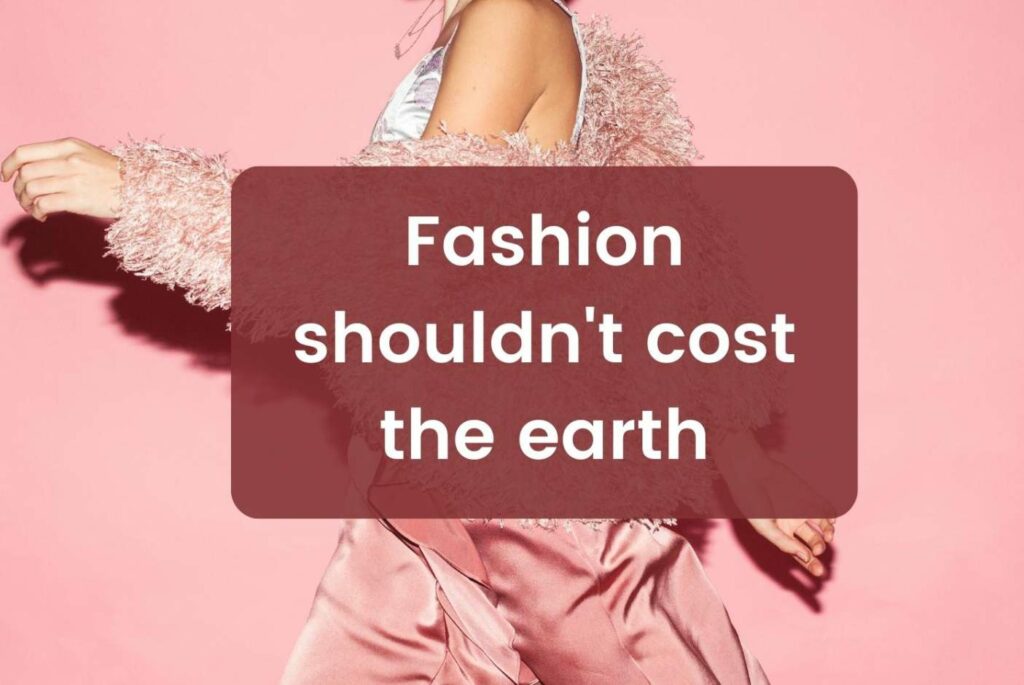
What is Fast Fashion?
Fast fashion refers to the rapid production of inexpensive, trendy clothing that is designed to be worn for a short time before being discarded. Major brands release new collections every few weeks, encouraging consumers to buy more and replace their clothes frequently. This cycle of overconsumption has severe environmental and social consequences, making fashion one of the most wasteful industries in the world. Fast fashion relies on cheap labor and materials to produce clothing quickly and at low cost. This leads to poor working conditions, low wages, and environmental degradation. Many consumers are unaware of the hidden costs behind their affordable clothing, from the excessive water usage in cotton farming to the pollution caused by synthetic fabrics.
In this video, you can watch the true impact of fast fashion on the environment and society. It highlights the massive waste generated by the industry, the exploitation of garment workers, and the pollution caused by textile production. Understanding these issues is the first step towards making more sustainable choices and reducing fashion waste.
🌍 Since you now understand the impact of fashion waste on the environment, let’s calculate yours!
Now, it’s time for you to reflect on your own impact. Let’s calculate your fashion waste and explore how your clothing choices affect the environment.
Click on the picture to start!

🪞 Reflect on Your Fashion Footprint
Now that you’ve calculated your fahion footprint, take a moment to reflect on what the numbers tell you.
Consider the following questions:

- How did your fashion footprint compare to what you expected? Were you surprised by any of the results?
- Looking at your fashion footprint, which areas do you feel are easiest to improve or change?
- After seeing your fashion footprint, what steps can you take in the next month to lower your carbon emissions related to fashion?
- Look at 3 items in your closet. Where were they made? What materials are they made of?
- Could you buy second-hand next time? Could you repair instead of replace?
The Climate Cost of Food: Understanding Our Food Footprint
Did you know that if food waste were a country, it would be the third-largest emitter of greenhouse gases in the world? Every day, tons of food are thrown away, not only wasting valuable resources but also contributing significantly to climate change. Every day, we make decisions about food—what to buy, how much to cook, and what to throw away. These choices, whether intentional or unconscious, shape global food waste.
Understanding how consumer behavior influences food waste is key to making more sustainable choices. In this slide, you can learn better how our food choices affect the environment:
🪞 Reflect on Your Food Choices
Now that you’ve explored how consumer behavior influences food waste, take a moment to reflect on your own habits.
Consider the following questions:

- How does your food waste compare to what you expected? Were you surprised by how much food you throw away?
- What are the biggest reasons for food waste in your household? Overbuying, improper storage, portion sizes, or expiration date confusion?
- Looking at your food habits, which areas do you feel are easiest to improve? Could you plan meals better or buy less?
- Check your fridge or pantry: How many items are close to their expiration date? What can you do to avoid waste?
- Could you adopt sustainable habits? Could you compost food scraps, buy imperfect produce, or cook more mindfully?
Consumer Behavior & Plastic Usage
Every day, the decisions we make about what we purchase, use, and dispose of often involve plastic. From water bottles to food packaging, plastic is deeply embedded in our daily lives. But while it offers convenience, it also creates long-term environmental problems. Understanding how consumer behavior drives plastic consumption can help us make better, more sustainable choices.
📌 The Reality of Plastic Waste
- Over 400 million tons of plastic are produced annually.
- 50% of plastic is designed for single use, meaning it’s discarded after just one use.
- Less than 10% of plastic waste is recycled globally, while the rest ends up in landfills, oceans, or as pollution.
🔍 How Consumer Behavior Drives Plastic Waste
Consumer habits and purchasing decisions shape plastic waste in the following ways:
- Convenience Culture
- Pre-packaged foods, bottled drinks, and disposable utensils make life easier but contribute to massive plastic waste.
- Online shopping generates extra plastic through excessive packaging.
- Marketing & Branding Influence
- Companies use plastic-heavy designs to attract consumers, from flashy wrappers to multi-layered packaging.
- Single-use plastic products are often marketed as “essential” for hygiene, portability, and convenience.
- Lack of Awareness & Recycling Issues
- Many consumers are unaware of how much plastic they use daily.
- Confusion over recycling symbols leads to improper disposal, reducing the effectiveness of recycling programs.
- Fast Consumption & Disposal Mentality
- “Use and toss” culture encourages discarding items instead of reusing or repurposing them.
- Products with short lifespans (e.g., coffee cups, grocery bags, straws) generate continuous plastic waste.
The Impact of Plastic Waste
- Environmental Damage: Plastic pollution harms marine life, clogs waterways, and degrades soil quality.
- Human Health Risks: Microplastics have been found in food, drinking water, and even human blood.
- Climate Change Contribution: Plastic production and incineration release significant carbon emissions.
In this informative illustration video, you can watch how our choices turning the world into plastic:
🪞 Reflect on your plastic footprint
Now that you’ve explored how consumer behavior influences plastic waste, take a moment to reflect on your own habits.
Consider the following questions:

- Open your kitchen drawer or bathroom shelf. How many single-use plastic items do you find?What alternatives could you try?
- How can you change your shopping habits to reduce plastic waste?
- Are there any reusable items you could incorporate into your daily routine?
- How can you encourage others to reduce their plastic use?
Final Quiz
We are almost at the end of this lesson, and now it’s time for you to apply your knowledge on consumer behavior and its influence on your carbon footprint. Test your understanding and reflect on your impact with the following questions.
Good Job!
You’re now finished with the Explorer level lesson on Consumer Behaviour !

If you would like to learn more about how your choices impact the environment and how to make more sustainable decisions, you can continue with the Practitioner Level lesson on Consumer Behaviour.
Showcase your new skills with Europass
You have just completed another step in your learning journey. The skills and knowledge you have gained are valuable – not just for countering climate denialism and contributing to a greener future, but also for opening doors to new opportunities for you! A great way to do this is by adding them to your Europass profile.
Europass is a European Union initiative that helps individuals communicate their skills, qualifications, and experiences clearly and effectively. It consists of several documents, including the Europass CV, which is recognised across Europe and beyond, making it easier for learners to present their qualifications to potential employers or educational institutions.
If you don’t yet have a Europass profile, creating one takes just a few minutes. Get started here. And if you need a little help to set things up, you can take a look at this video tutorial.
For the lesson you have just completed, we encourage you to add the following skills:
- Understanding of consumer behaviour’s role in carbon footprint reduction
- Development and promotion of sustainable lifestyle strategies
